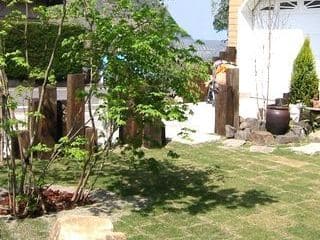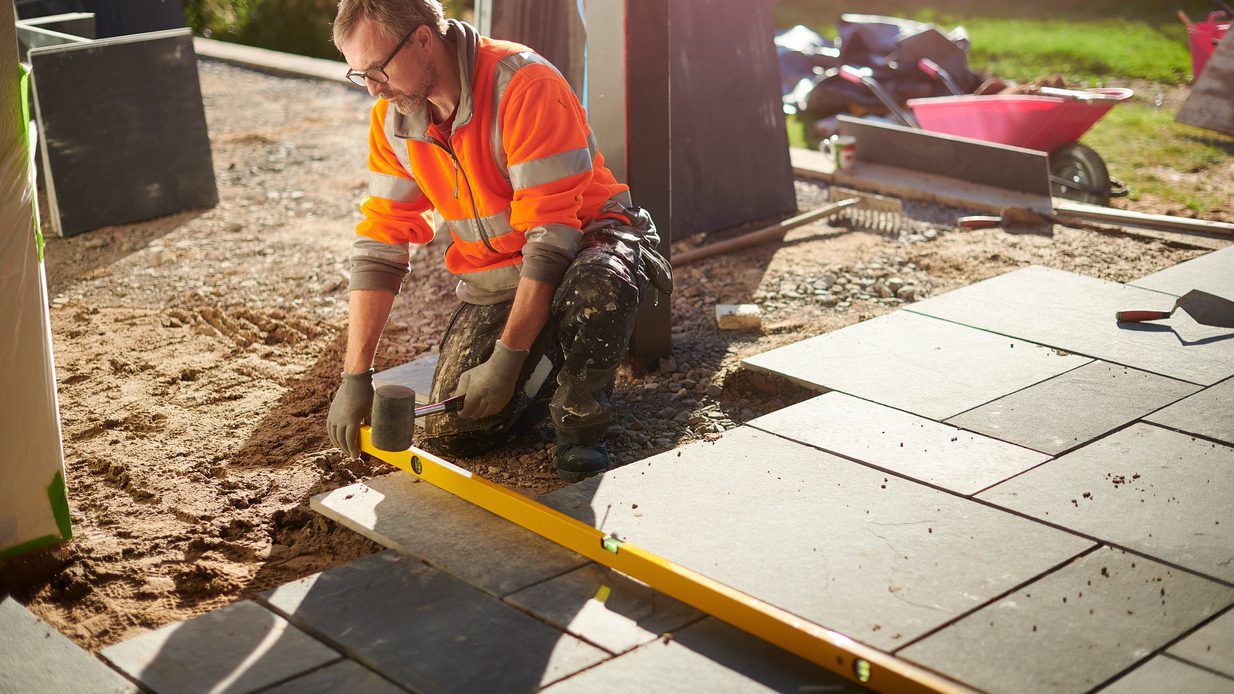It is necessary to keep in mind, however, that unlike non-penetrating spots, these coatings form a film. DO apply a stain-blocking guide before applying solid shade stain yet DON'T make use of an oil-based solid color stains over a latex primer when it comes to recommended use. Eastern red cedars (Juniperus vinginiana) are likewise known as juniper, savin evergreen, cedar apple and also Virginia red cedar. The trees are formed like a pyramid or column with grayish to reddish-brown website bark. Eliminate the weeds, turf and debris from a planting site situated completely to partial sun.
How fast do eastern red cedars grow?
The Red Cedar is not really a Cedar but is actually a juniper. It has a medium growth rate of 12-24” per year with sticky foliage that is a dull green from spring to fall, and in the winter can be green or turn brown or purple.
Exactly How to Area Red Cedar Plants
What can eastern red cedar be used for?
Eastern red cedar is a tree. The wood, berries, and leaves are used for medicine. People take Eastern red cedar for cough, bronchitis, joint pain (rheumatism), water retention, and flatulence. They also take Additional hints it to improve appetite and digestion, and as a treatment for fungal infections and worms.
That's why it's always best to make use of a discolor obstructing guide, ideally alkyd-oil as well as water-based formulations. Alkyd-oil based primers normally supply the very best guard versus discoloration by water-soluble extractives.
How do red cedar trees grow?
Red cedars can also be propagated via cuttings. Cuttings should be taken in late fall, winter or spring when the tree is dormant and the sap has slowed. Try to take the cutting in the early morning. To grow a cedar from a cutting, you will need a 3- to 6-inch piece of current year's growth.
In sandy dirts or hot, gusty conditions, you could have to water them much more regularly. Spread 2 to 4 inches of timber chips under the tree to preserve moisture and also keep weed growth down. Spread the plant food on the ground under the tree, lightly till it in with a rake or hoe, as well as water well.
- Eastern red cedar (Juniperus virginiana) reaches heights of 40 to 50 feet and also has a spread of 8 to 15 feet, yet is frequently somewhat smaller sized in cultivation.
- The trunk is covered in furrowed reddish-brown bark that turns gray as the tree grows.
- It expands in between 50 as well as 70 feet high with a 25-foot spread in farming, but wild trees can reach elevations of 200 feet.
- Western red cedar (Thuja plicata) has an all-natural conelike shape.
Eastern Red Cedar - juniperus virginiana

How often do you water western red cedar?
Spacing- Single row 12 ft apart, Double row 14 ft apart between rows and plants, multiple rows 20 ft between rows and plants. The Red Cedar is a recommended windbreak tree but consider all the conditions above when selecting this tree.
Old trees may be worth much more, but if their trunks are damaged you will certainly not regulate as high a rate. If there are hardwood mills near you, call them and also ask if they're buying cedar timber. If any individual would be interested in buying cedar wood, locate local furnishings artisans or wood workers and ask.

Discovered largely in the United States eastern of the Rockies, eastern red cedars are members of the Cypress family members. The adhering to article contains info about looking after an eastern red cedar tree as well as other eastern red cedar realities. The proper dosage of Eastern red cedar relies on a number of variables such as the customer's age, health, as well as several various other conditions. Right now there is inadequate scientific details to identify an appropriate range of doses for Eastern red cedar.
When big stands of big trees were bountiful, eastern red cedar was utilized for lead pencils due to the fact that it cuts so perfectly. Currently, an African cedar has replaced it as pencil timber, and also woodworkers make use of knottier; narrower boards. Since of its all-natural rich, red color and all-natural resistance to degeneration, Red cedar is is one of the most prominent timber species for exterior use. Used for shingles, trim, residence home siding, outdoor decking, fencings, as well as entrances, cedar is economical, widely available, and it weathers exceptionally well. However one downside is that cedar's wonderful red turns a monotonous grey remarkably quickly.